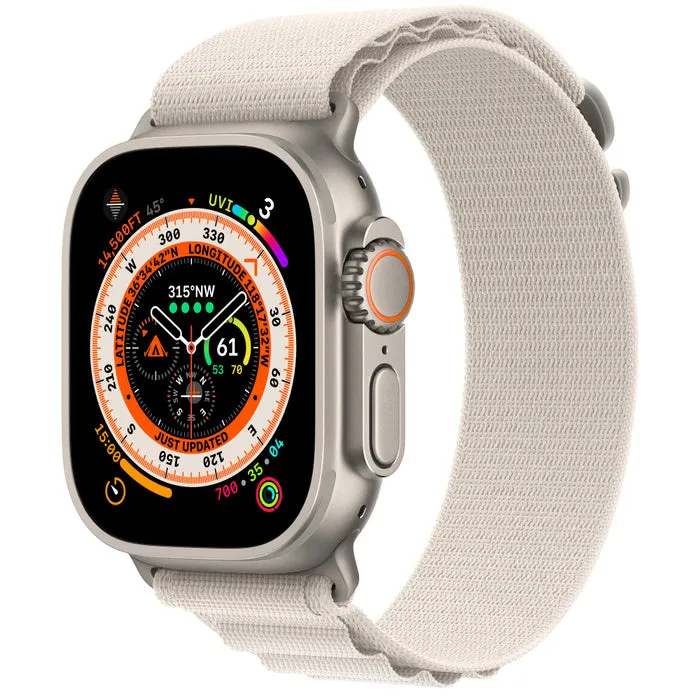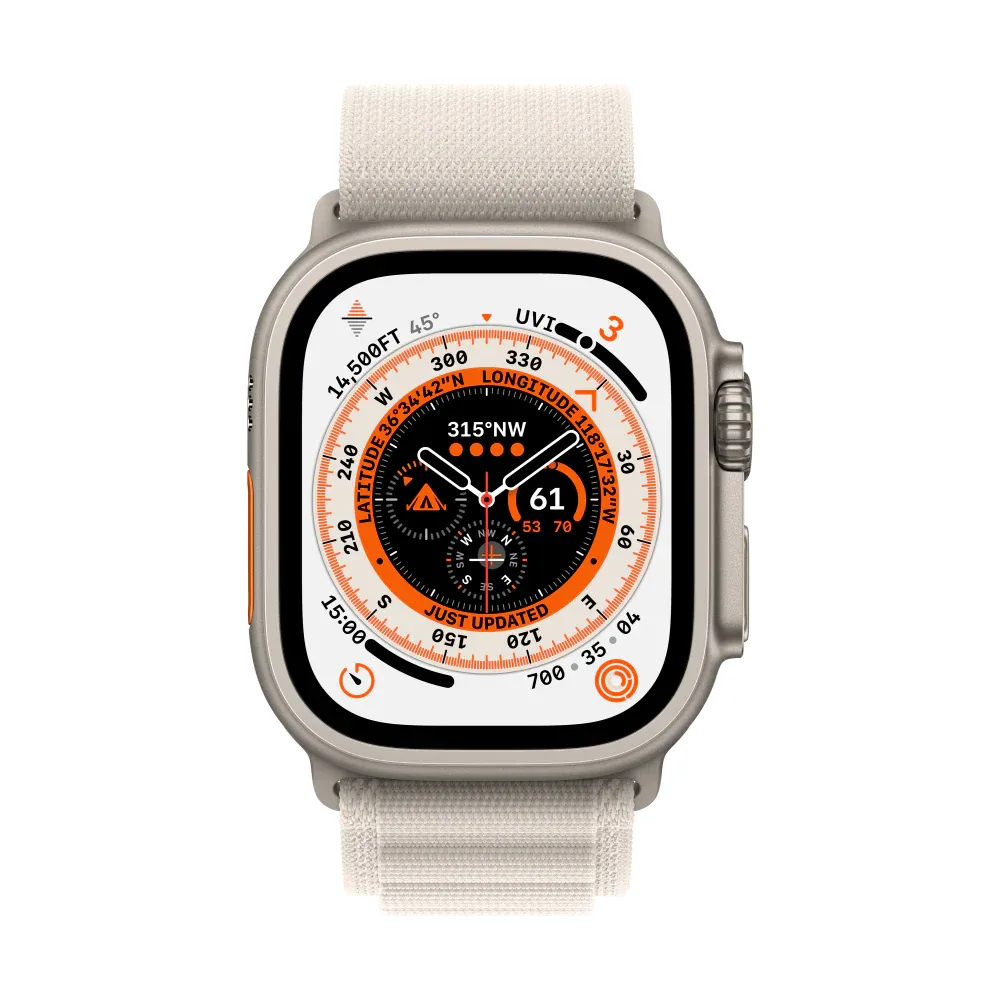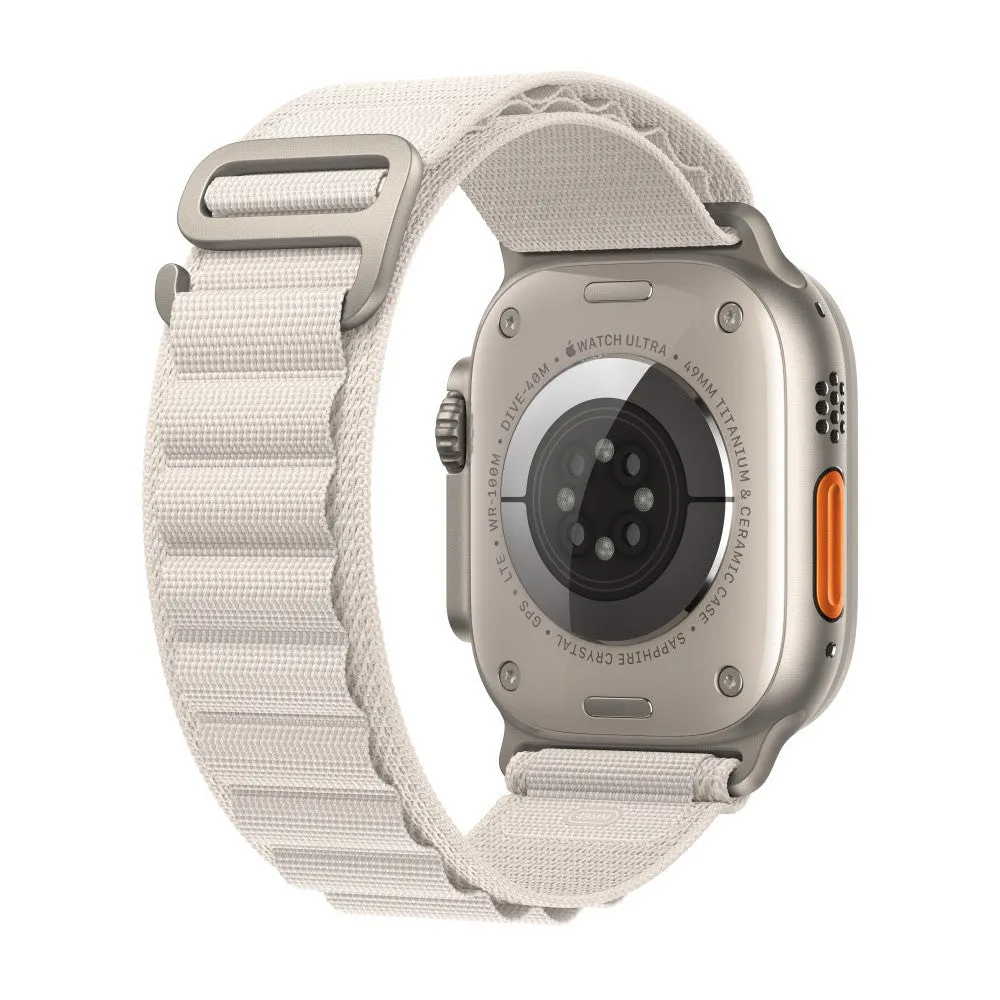Apple in September 2022 introduced the Apple Watch Ultra, a high-end version of the Apple Watch that's been in development for years now. Designed to compete with more expensive fitness-focused smart watches from companies like Garmin, the Apple Watch Ultra is aimed at sports enthusiasts and athletes that need more battery life and more sport-specific performance from of their devices.
Apple says the Apple Watch Ultra was built for endurance, exploration, and adventure, and it is the largest Apple Watch to date at 49mm, which is 4mm larger than the 45mm Apple Watch Series 8 that it's being sold alongside.
The Apple Watch Ultra features the first redesign we've seen in years with a lightweight aerospace-grade titanium body, flat sapphire crystal face, a larger diameter and deeper grooved Digital Crown, a housing for the side button and an extra physical button on the left side called the Action button.
At up to 2000 nits, the Apple Watch Ultra is the brightest Apple Watch to date, so it is easy to see in sunlight. The Action button is designed in international orange to make it noticeable in the dark and under water, and it's customizable so it can activate Workouts, mark segments, set Compass Waypoints, and more.
There are three built-in microphones to improve sound quality, and a beamforming algorithm captures voice while reducing ambient background sounds even when it's noisy outdoors. There is an 86-decibel siren available for drawing help if needed, with two SOS patterns.
With the larger 49mm casing, Apple was able to include a larger battery. The Apple Watch Ultra lasts for up to 36 hours on a single charge, and with a new low-power setting, battery life can last for up to 60 hours for multi-day adventuring. The battery lasts long enough for users to complete a long-course triathlon that includes a 2.4 mile swim, 112-mile bike ride, and a full 26.2-mile marathon.
The Apple Watch Ultra features dual-frequency GPS, integrating both the L1 and L5 frequencies, plus it has new positioning algorithms. It provides the most accurate GPS of any Apple Watch, which means it also offers precise distance, pace, and route data for training and competing.
To accommodate more extreme environments, the Apple Watch Ultra can withstand a wider temperature range. It works in conditions as cold as -4 degrees Fahrenheit (-20° C) to as hot as 131 degrees Fahrenheit (55° C). The watch is certified to MIL-STD-810H, a metric used for military equipment and by rugged equipment manufacturers.
For water sports, the Apple Watch Ultra can hold up to kitesurfing, wakeboarding, and recreational scuba diving, activities not recommended for the standard Apple Watch models. The Apple Watch Ultra is certified to WR100 and EN 13319, an internationally recognized standard for diving accessories. When used for diving, the Apple Watch Ultra has a depth gauge and a dedicated Depth app that displays current depth, water temperature (using the new temperature sensor), duration under water, and max depth reached.
Apple designed a special Wayfinder watch face for the Apple Watch Ultra, with a built-in compass and space for up to eight complications. The watch face can be customized for the mountain, ocean, or trail, and it turns red at night for better visibility. The Apple Watch Ultra supports Compass Waypoints for marking a location or point of interest, and a Backtrack feature uses GPS to create a path showing where the user has been, helpful for retracing steps when lost.
In addition to features designed for exploring and adventuring, the Apple Watch Ultra has all of the functionality available in the Apple Watch Series 8. It monitors heart rate, tracks sleep, can take ECG readings, monitors blood oxygen, and offers all of the same fitness tracking options. All Apple Watch Ultra models feature cellular connectivity, with a cellular plan needed to access all functions.
The Apple Watch Ultra has the same temperature sensor that's in the Series 8, which measures water temperature but is also used for fertility planning for women. It improves cycle tracking and can give retrospective ovulation estimates.
There are motion sensors in the Apple Watch Ultra that enable Crash Detection, alerting emergency services if you are in a severe car crash. When a crash is detected, the Apple Watch checks in with the user and then dials emergency services automatically if there's no response after a 10 second countdown.
There are three new sport-focused bands available for the Apple Watch Ultra, including the Trail Loop, Alpine Loop, and Ocean Band, plus older bands designed for 44 and 45mm Apple Watches fit the new model. The Trail Loop band is the thinnest Apple Watch band to date, while the Alpine Loop features high-strength yarn and a woven design made for durability. The Ocean Band is for extreme water sports and features a flexible fluoroelastomer that can stretch to fit over a wetsuit.
Design
The Apple Watch Ultra features the first notable design update to the Apple Watch that we've seen since its 2015 launch. It still uses the same rounded rectangular shape, but the casing design has been overhauled. The case has been extended to the edges of a new flat front crystal display to offer additional protection, and the Digital Crown and side button are now in a raised area on the case.
Apple redesigned the Digital Crown to give it a larger diameter and coarser grooves for easier access even when using gloves, and the side button is also able to be used with gloves on.
Colors and Materials
The Apple Watch Ultra is made from an aerospace-grade titanium, which is a lightweight and durable material that also offers corrosion resistance for use in the water. The back of the Apple Watch Ultra is made from ceramic and sapphire crystal, like the Series 8.
There are no color options for the Apple Watch Ultra, and it is available only in a silver titanium shade. With prior versions of the Apple Watch Edition, Apple offered titanium in black as well, but that is not available for the Apple Watch Ultra.
Exclusive Watch Face
The Apple Watch Ultra has an exclusive "Wayfinder" face that incorporates a time dial that can be transformed into a compass, plus it has room for up to eight complications. The Wayfinder face has a built-in night mode that turns it red for better visibility in the dark. Night mode can be activated by turning the Digital Crown.
Durability
Because it is meant to be used for exploring and adventuring, the Apple Watch Ultra is able to withstand more extreme temperatures than standard Apple Watch models. It works in temperatures as cold as -4° F (-20° C) to to as warm as 131° F (55° C).
It is certified to MIL-STD-810H, a standard that is used for military equipment and employed by rugged equipment manufacturers. Apple says this testing includes Low Pressure (Altitude), High Temperature, Low Temperature, Temperature Shock, Contamination by Fluids, Rain, Humidity, Immersion, Sand and Dust, Freeze/Thaw, Ice/Freezing Rain, Shock, Vibration, and more.
The Apple Watch Ultra's display is made from a flat sapphire front crystal that is more durable than the Ion-X front glass used for the Apple Watch SE and aluminum Apple Watch Series 8 models. The flat design paired with the raised edges of the case is meant to protect the display from edge impacts.
Water Resistance
Apple designed the Apple Watch Ultra for extreme water sports. Unlike standard Apple Watch models, it can be used for kitesurfing, wakeboarding, and recreational scuba diving to 40 meters deep. It is water resistant to a total of 100m, making it more water resistant than other Apple Watch models.
The Apple Watch Ultra is also certified to WR100 and EN13319, a standard for dive accessories such as depth gauges.
Always-On Display
The Apple Watch Ultra features an updated Retina display with a resolution of 410 by 502, and it offers up to 2000 nits of brightness, making it twice as bright as any prior Apple Watch display. It has an 1164 sq mm display area, larger than the 1143 sq mm display area of the 45mm Apple Watch Series 8.
It features always-on display technology enabled by an OLED ultra low power temperature poly-silicon and oxide display (LTPO). With always-on, the watch face and complications remain continually visible and the screen does not dim and go black when the Apple Watch is not in use. The display dims when the wrist is down in order to preserve battery life, but key features like watch hands remain illuminated all the time.
S8 Chip
According to Apple, the Apple Watch Ultra features an S8 chip with a 64-bit dual-core processor. Little has been said about the S8 because it is functionally identical to both the S6 and S7 chips that preceded it. The Apple Watch chip has not received a meaningful update since the Apple Watch Series 6.
The Apple Watch Ultra has 32GB of storage like other Apple Watch models.
Health Features
Blood Oxygen
Sensors at the back of the Apple Watch Ultra support blood oxygen monitoring. Blood oxygen saturation in a healthy individual is around 95 to 100 percent, and when the percentage of oxygen in the blood drops below that, it can be indicative of a serious health issue that needs immediate attention.
Green, red, and infrared LEDs shine light onto the blood vessels in the wrist, with photodiodes measuring the amount of light reflected back. Apple's algorithms then calculate the color of the blood, which is an indication of how much oxygen is present. The Apple Watch Ultra can measure blood oxygen between 70 and 100 percent.
Blood oxygen measurements can be taken on-demand using the Blood Oxygen app, and blood oxygen measurements are also taken in the background when the wrist is not moving and when the watch is used for sleep tracking.
ECG
The ECG app uses sensors on the bottom of the Apple Watch and the Digital Crown to take a one-lead electrocardiogram. It detects heartbeat and rhythm, and can let users know if atrial fibrillation is detected or if the heart is in a normal sinus rhythm.
A single-lead ECG like the Apple Watch means there are two points of contact measuring the electrical sensations of your heart. Clinical electrocardiograms done by your doctor can have six to 12 leads for greater accuracy, but the Apple Watch offers the convenience of being able to take an ECG anytime anywhere in approximately 30 seconds.
Heart Rate Tracking
Like all Apple Watch models, the Apple Watch Ultra has a set of optical sensors for measuring heart rate. It is able to provide irregular heart rate notifications should atrial fibrillation be detected, plus it can inform users when their heart rate is too high at resting or too low.
The Apple Watch Ultra is using a third-generation optical heart rate sensor like the Series 8.
Sleep Tracking
The Apple Watch Ultra can be worn at night to keep track of your sleep. It monitors when you're awake and when you're asleep, letting you know how much time you spent in the REM, Core, and Deep sleep stages. It also lets you know how often you've woken up in the night and for how long.
Fall Detection
The sensors in the Apple Watch are able to determine if you've taken a hard fall, alerting emergency services if there is no response. Fall detection is enabled by default for older adults, but anyone is able to turn it on in the Apple Watch settings.
Temperature Sensing
Apple added two temperature sensors to the Apple Watch Ultra, including one that measures the temperature at the wrist and one that measures the ambient temperature in the air to cut down on outside bias.<
You May Also Like
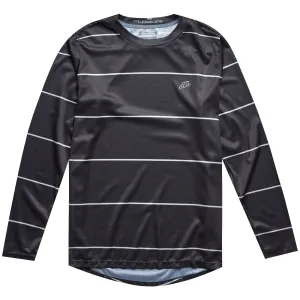
Flowline LS Jersey Revert Black
$ 35.99
$ 59.99

Women Watch Fashion Dalas Brand Quartz Leather Strap Clock Wristwatch Relojes Feminino Vintage Simple Design Casual Major Watch
$ 45.00
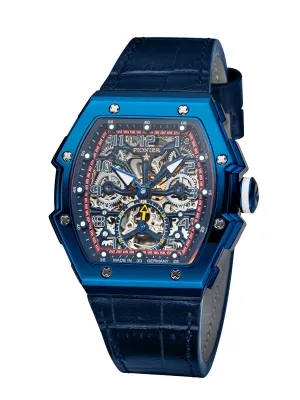
Milano Skeleton GM-519-2 Automatic Pionier, Germany
$ 48.60
$ 63.18
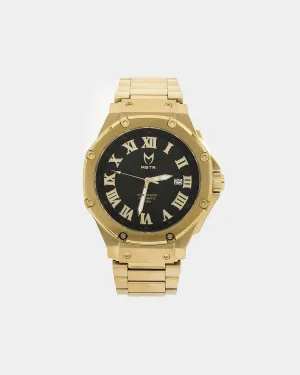
MEISTER AM321SS Ambassador 45MM Watch Gold
$ 56.05
$ 72.87

TOM BROWN'S GUIDE TO HEALING THE EARTH
$ 27.00
$ 49.00
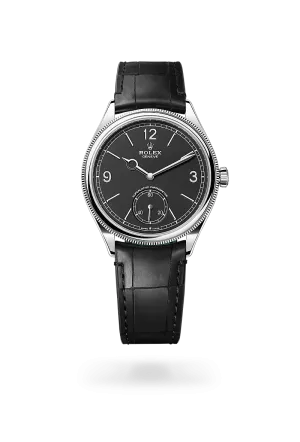
1908
$ 42.18
$ 54.83
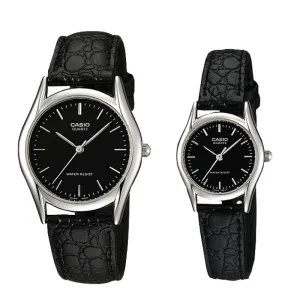
Casio Couple Watch MTP1094E-1A LTP1094E-1A
$ 65.90
$ 99.00
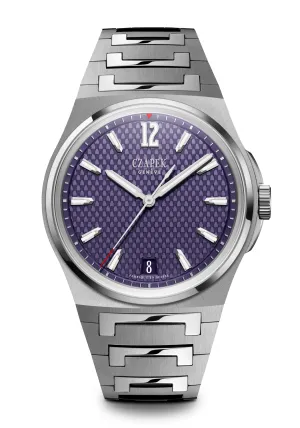
Czapek & Cie Antarctique Passage de Drake Afterglow
$ 63.43
$ 82.46
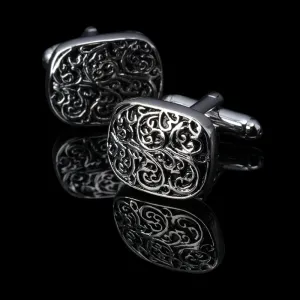
Hot!!! New high quality Vintage Wave Pattern Cuff Link Retro Exquisite Men's round Sleeve Nail hot style free shipping
$ 16.99
$ 26.99
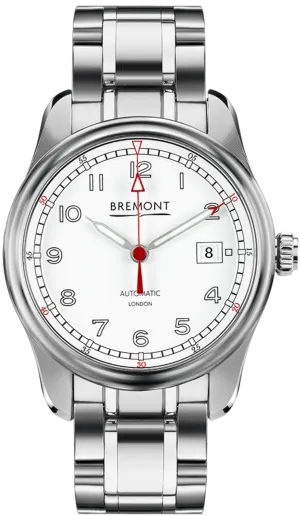
Bremont Watch Airco Mach 1 White Bracelet
$ 52.71
$ 68.52


